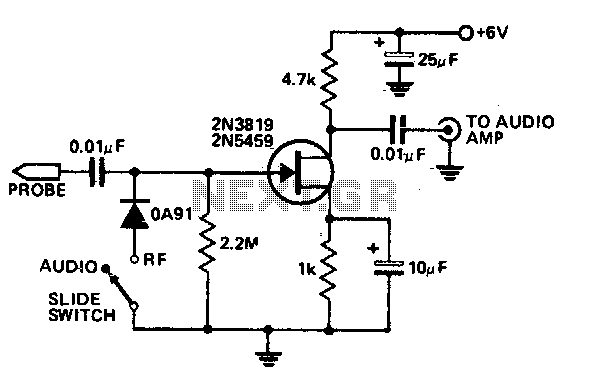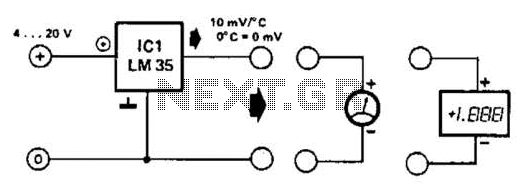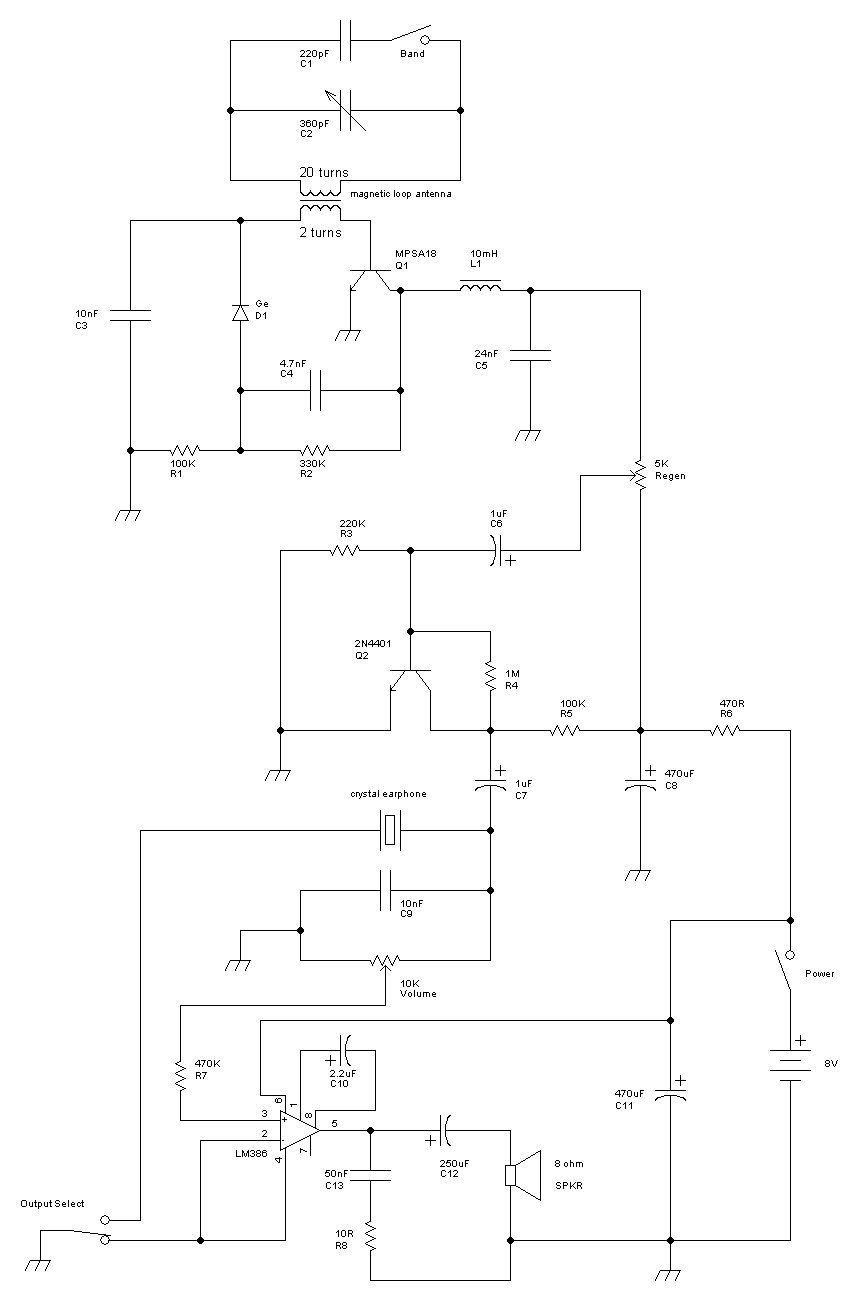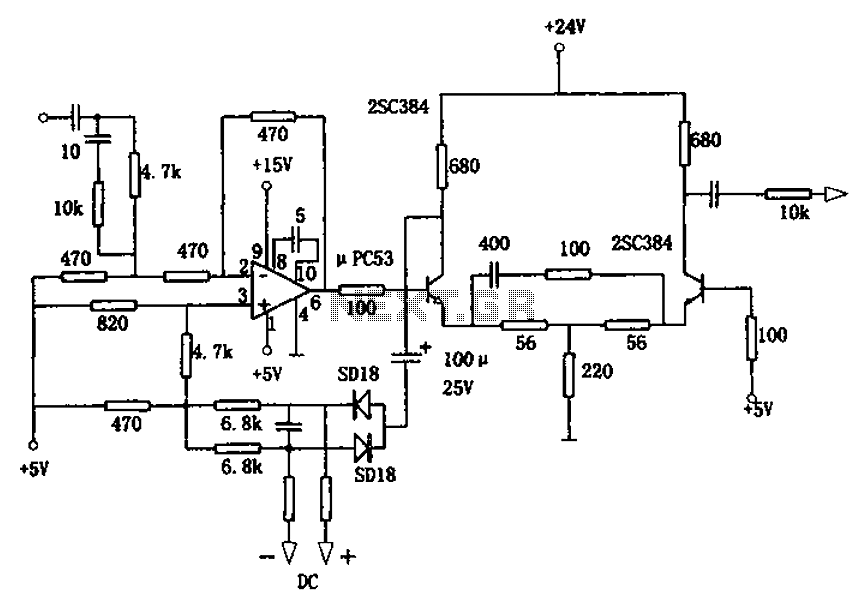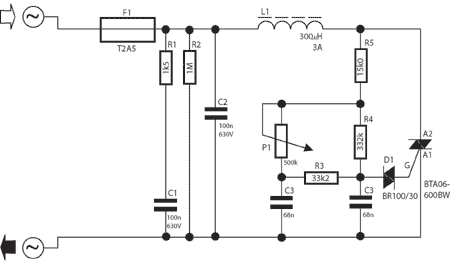
Crystal audio oscillator circuit
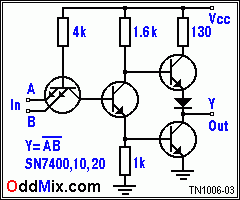
Generating variable audio frequencies with crystal precision is challenging due to the scarcity of low-frequency quartz crystals, which typically produce a single frequency. While minor adjustments to the frequency of a crystal oscillator can be made using a trimmer capacitor, these changes are often minimal. High-end oscillator designs, although costly, are capable of producing low audio frequency waves using reliable and adjustable Twin-T and Wien-bridge sine-wave oscillators. These designs frequently incorporate large inductors and high-quality capacitors. For applications requiring square waves, triangle waves, or pulses, the sine wave output is modified, processed, and amplified as necessary. In less demanding situations, a homemade 555 timer circuit may suffice, although these circuits often suffer from high jitter due to the uncertainty of the integrated circuit's trigger point. This circuit exemplifies how combining two frequencies can yield a usable audio output. The block diagram of this audio frequency oscillator is illustrated in Figure 1. This unique oscillator circuit employs two standard TTL integrated circuits and utilizes commonly available, low-cost color television crystals in an innovative manner. By implementing one quad NAND IC for both oscillators, reliable operation was achieved, although the oscillators tended to lock together due to excessive coupling. To mitigate this issue, one oscillator is constructed using a single IC from the 7400 quad NAND gate package, while the other oscillator is built with a 7404 hex inverter. Each oscillator uses a quartz crystal with a nominal frequency of 3.579545 MHz. The schematic in Figure 2 shows that the crystal oscillator frequencies can be fine-tuned using a small 50 pF rotary capacitor, allowing for slight adjustments to the high frequency. With a five-volt power supply, the audio output frequency range spans from 10 Hz to just over 2 kHz. The gates used are part of the first generation of TTL logic families, and understanding the internal circuit design is advantageous for efficient development. The internal circuit topology of the IC is depicted in Figure 3, and the component values are crucial for creating a stable oscillator configuration. Most currently available logic families can be integrated into this circuit with minor adjustments to component values. The LS version of these gates, as well as CMOS or other alternatives, can be employed with minimal difficulty. All components are readily available, and tolerance levels are not critical. The early TTL components were selected due to their extensive documentation. Figure 4 presents the mixer waveforms prior to the low-pass filter, which is utilized to attenuate unwanted higher frequency harmonics.
Parts and materials:
- B1 - Battery, 5 Volt
- C1 - Capacitor, 50 pF, Rotary
- C2 - Capacitor, 50 pF, Rotary
- C3, C4 - Capacitor, 0.1 µF, Disc
- C5 - Capacitor, 0.05 µF, Disc
- IC1 - Integrated Circuit, TTL, SN7400, Quad NAND
- IC2 - Integrated Circuit, TTL, SN7404, Hex Inverter
- R1, R2 - Resistor, 220 Ω, 5%, 1/4W, CC
- R3, R4 - Resistor, 120 Ω, 5%, 1/4W, CC
- R5 - Resistor, 1 kΩ, 5%, 1/4W, CC
The circuit operates by utilizing two oscillators that generate distinct frequencies, which can be mixed to produce a composite audio output. The choice of TTL components ensures compatibility and reliability, while the use of inexpensive color television crystals provides an accessible means to achieve the desired frequency generation. The design allows for easy adjustments and modifications, making it suitable for various audio applications.Generating variable audio frequencies with crystal precision is not often done because it isn`t easy to make. Low frequency quartz crystals are difficult to find, and each would only provide a singular frequency.
Some small tweaking of the crystal oscillator`s frequency with a trimmer capacitor is common, but the variation is almost insignificant. Most, but real expensive oscillator designs usually produce low audio frequency waves with time proven, dependable, stable, adjustable Twin-T and Wien-bridge sine-wave oscillators. Many of the better ones of these use large size inductors and good quality large, high-grade capacitors.
If square waves, triangle waves or pulses are needed then the sine wave is chopped up, processed and amplified as necessary. For less precise requirements some home made 555 circuit will usually do even if most of those - because of the uncertainty of the IC`s trigger point - has noticeably high jitter.
This circuit is a working example that combining two frequencies produces a new useable audio product. Block diagram of this AF oscillator is depicted on Figure 1. This unique oscillator circuit uses two regular, TTL ICs and two of the most often used, low cost, color TV crystals in an unusual way.
Using one quad NAND IC for both oscillators worked reliably but it had a tendency of the oscillators of locking together. That problem arises because both of the oscillators were sharing the same silicon chip, and thus they had too much coupling and influence on each other.
The easiest way to prevent the lock-up is to make one oscillator out of one IC - the 7400 quad NAND gate package. Use the 7404 hex inverter for the other oscillator. The nominal quartz frequency for a color television crystal is 3, 579, 545 kHz and one is used for each oscillator.
As seen on the schematics - Figure 2, the crystal oscillator frequencies are adjusted with a small 50pF rotary capacitor. The oscillation is a high frequency that is adjustable by a small amount. With the circuit as shown, with a five-volt power supply, the audio output frequency range is 10 Hz to a little over 2 kHz.
The gates used are all belong to the first generation TTL group. It is very beneficial if the inside circuit is known to save many hours spent on discovery work. The inside circuit topology of the IC - Figure 3 - and the parts values are important to design a stable oscillator configuration. Almost any currently available logic family is useable in this circuit with some minor modification of some component values.
The LS version of these gates, or CMOS or other parts is also useable without much difficulty. All components used are easy to find and tolerances are not critical. These early TTL components were chosen, because they have good information on them. Figure 4, has all mixer waveforms before the low-pass filter. The filter section used here to attenuate the unwanted higher frequency harmonics. Parts and materials: B1 - Battery, 5 Volt C1 - Capacitor, 50 pF, Rotary C2 - Capacitor, 50 pF, Rotary C3, C4 - Capacitor 0. 1 uF, Disc C5 - Capacitor 0. 05 uF, Disc IC1 - Integrated Circuit, TTL, SN7400, Quad NAND IC2 - Integrated Circuit, TTL, SN7404, Hex Inverter R1, R2 - Resistor Resistor, 220, 5%, 1/4W, CC R3, R4 - Resistor Resistor, 120, 5%, 1/4W, CC R5 - Resistor Resistor, 1k, 5%, 1/4W, CC
🔗 External reference
Parts and materials:
- B1 - Battery, 5 Volt
- C1 - Capacitor, 50 pF, Rotary
- C2 - Capacitor, 50 pF, Rotary
- C3, C4 - Capacitor, 0.1 µF, Disc
- C5 - Capacitor, 0.05 µF, Disc
- IC1 - Integrated Circuit, TTL, SN7400, Quad NAND
- IC2 - Integrated Circuit, TTL, SN7404, Hex Inverter
- R1, R2 - Resistor, 220 Ω, 5%, 1/4W, CC
- R3, R4 - Resistor, 120 Ω, 5%, 1/4W, CC
- R5 - Resistor, 1 kΩ, 5%, 1/4W, CC
The circuit operates by utilizing two oscillators that generate distinct frequencies, which can be mixed to produce a composite audio output. The choice of TTL components ensures compatibility and reliability, while the use of inexpensive color television crystals provides an accessible means to achieve the desired frequency generation. The design allows for easy adjustments and modifications, making it suitable for various audio applications.Generating variable audio frequencies with crystal precision is not often done because it isn`t easy to make. Low frequency quartz crystals are difficult to find, and each would only provide a singular frequency.
Some small tweaking of the crystal oscillator`s frequency with a trimmer capacitor is common, but the variation is almost insignificant. Most, but real expensive oscillator designs usually produce low audio frequency waves with time proven, dependable, stable, adjustable Twin-T and Wien-bridge sine-wave oscillators. Many of the better ones of these use large size inductors and good quality large, high-grade capacitors.
If square waves, triangle waves or pulses are needed then the sine wave is chopped up, processed and amplified as necessary. For less precise requirements some home made 555 circuit will usually do even if most of those - because of the uncertainty of the IC`s trigger point - has noticeably high jitter.
This circuit is a working example that combining two frequencies produces a new useable audio product. Block diagram of this AF oscillator is depicted on Figure 1. This unique oscillator circuit uses two regular, TTL ICs and two of the most often used, low cost, color TV crystals in an unusual way.
Using one quad NAND IC for both oscillators worked reliably but it had a tendency of the oscillators of locking together. That problem arises because both of the oscillators were sharing the same silicon chip, and thus they had too much coupling and influence on each other.
The easiest way to prevent the lock-up is to make one oscillator out of one IC - the 7400 quad NAND gate package. Use the 7404 hex inverter for the other oscillator. The nominal quartz frequency for a color television crystal is 3, 579, 545 kHz and one is used for each oscillator.
As seen on the schematics - Figure 2, the crystal oscillator frequencies are adjusted with a small 50pF rotary capacitor. The oscillation is a high frequency that is adjustable by a small amount. With the circuit as shown, with a five-volt power supply, the audio output frequency range is 10 Hz to a little over 2 kHz.
The gates used are all belong to the first generation TTL group. It is very beneficial if the inside circuit is known to save many hours spent on discovery work. The inside circuit topology of the IC - Figure 3 - and the parts values are important to design a stable oscillator configuration. Almost any currently available logic family is useable in this circuit with some minor modification of some component values.
The LS version of these gates, or CMOS or other parts is also useable without much difficulty. All components used are easy to find and tolerances are not critical. These early TTL components were chosen, because they have good information on them. Figure 4, has all mixer waveforms before the low-pass filter. The filter section used here to attenuate the unwanted higher frequency harmonics. Parts and materials: B1 - Battery, 5 Volt C1 - Capacitor, 50 pF, Rotary C2 - Capacitor, 50 pF, Rotary C3, C4 - Capacitor 0. 1 uF, Disc C5 - Capacitor 0. 05 uF, Disc IC1 - Integrated Circuit, TTL, SN7400, Quad NAND IC2 - Integrated Circuit, TTL, SN7404, Hex Inverter R1, R2 - Resistor Resistor, 220, 5%, 1/4W, CC R3, R4 - Resistor Resistor, 120, 5%, 1/4W, CC R5 - Resistor Resistor, 1k, 5%, 1/4W, CC
🔗 External reference

